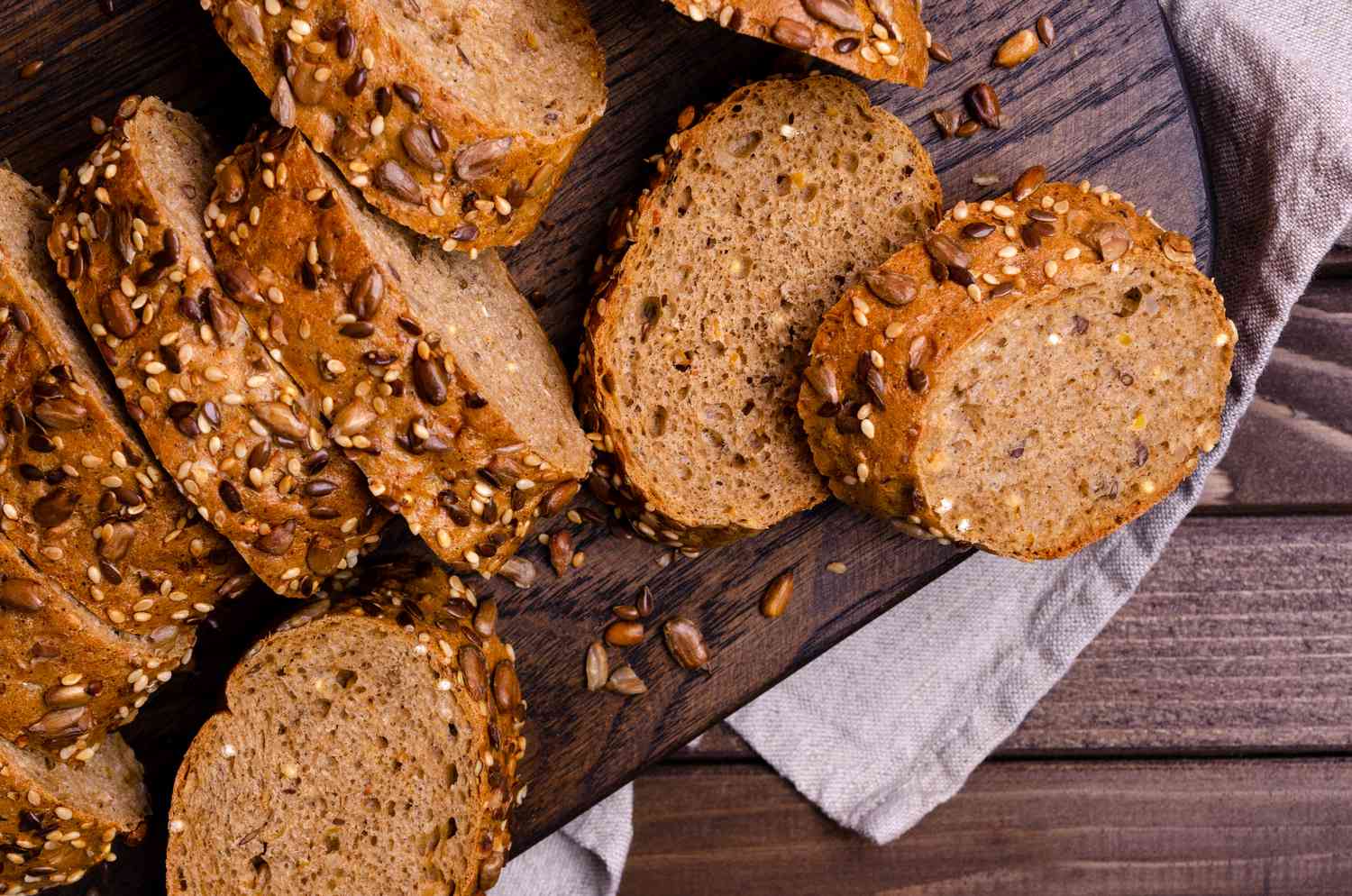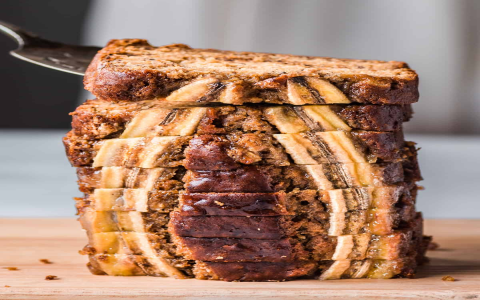Alright, folks, let’s talk about making bread without vegetable oil. I tried this the other day, and it was quite an adventure.
First, I gathered all my ingredients. I decided to go with a simple recipe: flour, water, yeast, salt, and a bit of sugar to feed the yeast. I skipped the vegetable oil entirely, thinking, “How hard could it be?”

I mixed the dry ingredients in a big bowl. Added the water slowly while stirring. The dough was a bit stickier than usual, but nothing I couldn’t handle. I kneaded it for a good 10 minutes. It felt a bit tougher without the oil, but I kept at it. The dough was smooth and elastic.
- Flour – the main body.
- Water – mixed with dry stuff.
- Yeast – make it rise.
- Salt – for some taste.
- Sugar – food for yeast.
Then came the first rise. I placed the dough in a lightly oiled bowl (okay, I cheated a little here, but just a tiny bit of olive oil), covered it, and let it sit for about an hour. It doubled in size, just like it should.
Next, I punched down the dough, shaped it into a loaf, and put it in a loaf pan. Covered it again for the second rise, which took about 45 minutes. It rose nicely, but I noticed it was a bit denser than usual.
I preheated the oven to 375°F (190°C). Once it was hot, I popped the loaf in and baked it for about 30 minutes. The crust turned out golden brown and looked promising. I took it out and let it cool on a wire rack.
Result
When I finally sliced into it, the bread was definitely denser and a bit chewier than my usual loaves. But you know what? It tasted pretty darn good! The flavor was richer, and the texture had a nice, rustic feel to it. It wasn’t perfect, but it was a solid loaf of bread.
So, there you have it. Making bread without vegetable oil is totally doable. It might take a bit more elbow grease and the texture might be different, but it’s a fun experiment. Give it a try sometime!













